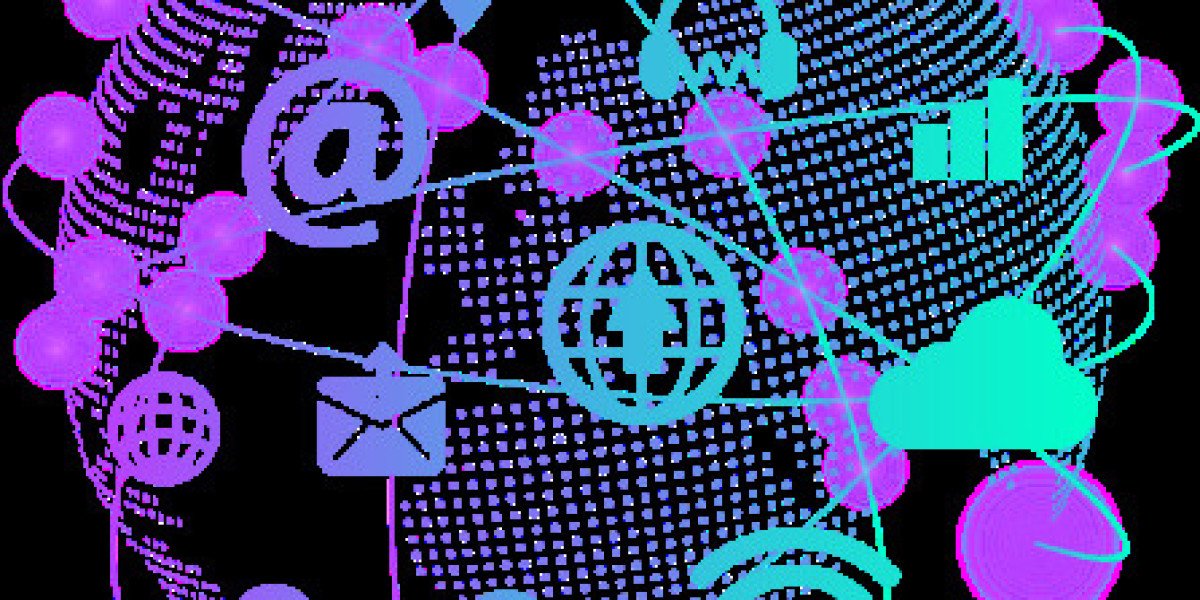In the digital age, cybersecurity threats such as malware, phishing, and data breaches pose significant risks to businesses, including those that rely on customer service software. Protecting sensitive data and ensuring the integrity of customer interactions are paramount concerns for organizations seeking to maintain trust and credibility. In this article, we'll delve into the steps taken to protect against cybersecurity threats in customer service software.
1. Robust Endpoint Security:
Endpoint security measures, including antivirus software, firewalls, and intrusion detection systems, are deployed to protect devices such as computers, laptops, and mobile devices used to access customer service software. Regular software updates and patches are applied to address vulnerabilities and protect against known threats. Endpoint security solutions also include advanced threat detection capabilities to identify and mitigate emerging threats in real-time.
2. Secure Network Infrastructure:
Secure network infrastructure is essential for protecting customer service software from external threats and unauthorized access. Businesses implement network security measures such as secure sockets layer (SSL) encryption, virtual private networks (VPNs), and intrusion prevention systems (IPS) to safeguard data transmitted over networks. Network segmentation and access controls are enforced to limit access to sensitive systems and data, reducing the risk of unauthorized infiltration or data breaches.
3. Email Security Protocols:
Phishing attacks targeting employees who use customer service software can compromise sensitive data and pose significant security risks. To mitigate these threats, businesses implement email security protocols such as email filtering, spam detection, and domain authentication. Employee training programs raise awareness about phishing scams and educate staff on how to recognize and report suspicious emails, reducing the likelihood of successful phishing attacks.
4. Secure Authentication Mechanisms:
Secure authentication mechanisms, including multi-factor authentication (MFA) and single sign-on (SSO), are implemented to prevent unauthorized access to customer service software. MFA requires users to provide multiple forms of identification, such as passwords, biometrics, or security tokens, before gaining access to the system. SSO streamlines access to multiple applications and systems while maintaining strong authentication standards, reducing the risk of credential theft and unauthorized access.
5. Data Encryption:
Data encryption is employed to protect sensitive customer data stored in customer service software from unauthorized access or interception. Encryption algorithms such as Advanced Encryption Standard (AES) are used to encrypt data at rest and in transit, ensuring that it remains secure and confidential. Encrypted communication channels, secure data storage solutions, and robust encryption key management practices are implemented to safeguard sensitive data from cyber threats and data breaches.
6. Continuous Monitoring and Threat Intelligence:
Continuous monitoring and threat intelligence gathering enable businesses to detect and respond to cybersecurity threats in real-time. Security information and event management (SIEM) systems monitor network traffic, user activities, and system logs for signs of suspicious behavior or anomalies. Threat intelligence feeds provide insights into emerging threats, attack patterns, and vulnerabilities, enabling proactive threat mitigation and risk management.
Conclusion:
In conclusion, protecting customer service software from cybersecurity threats such as malware, phishing, and data breaches requires a comprehensive approach encompassing endpoint security, network infrastructure security, email security, authentication mechanisms, data encryption, and continuous monitoring. By implementing robust cybersecurity measures, businesses can safeguard sensitive data, maintain the integrity of customer interactions, and mitigate the risk of cyber attacks. Investing in cybersecurity is essential for ensuring the trust, confidence, and satisfaction of customers in today's digital landscape.









